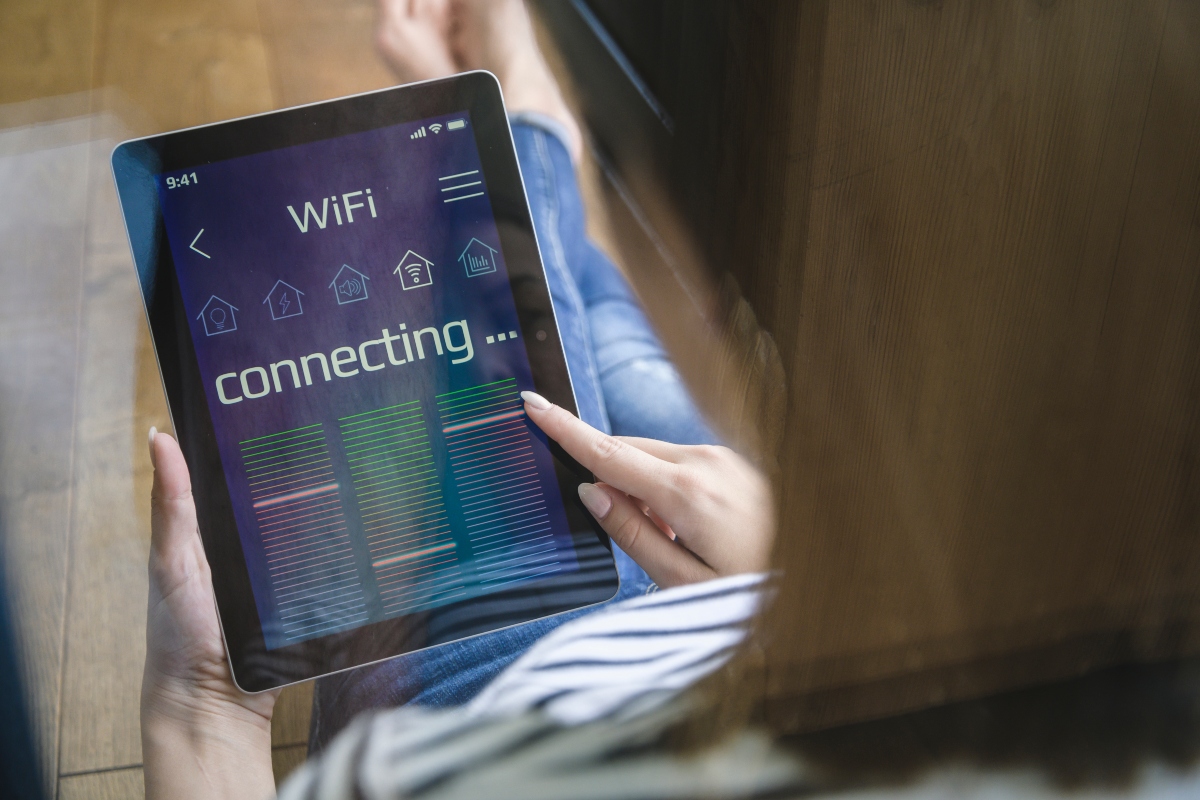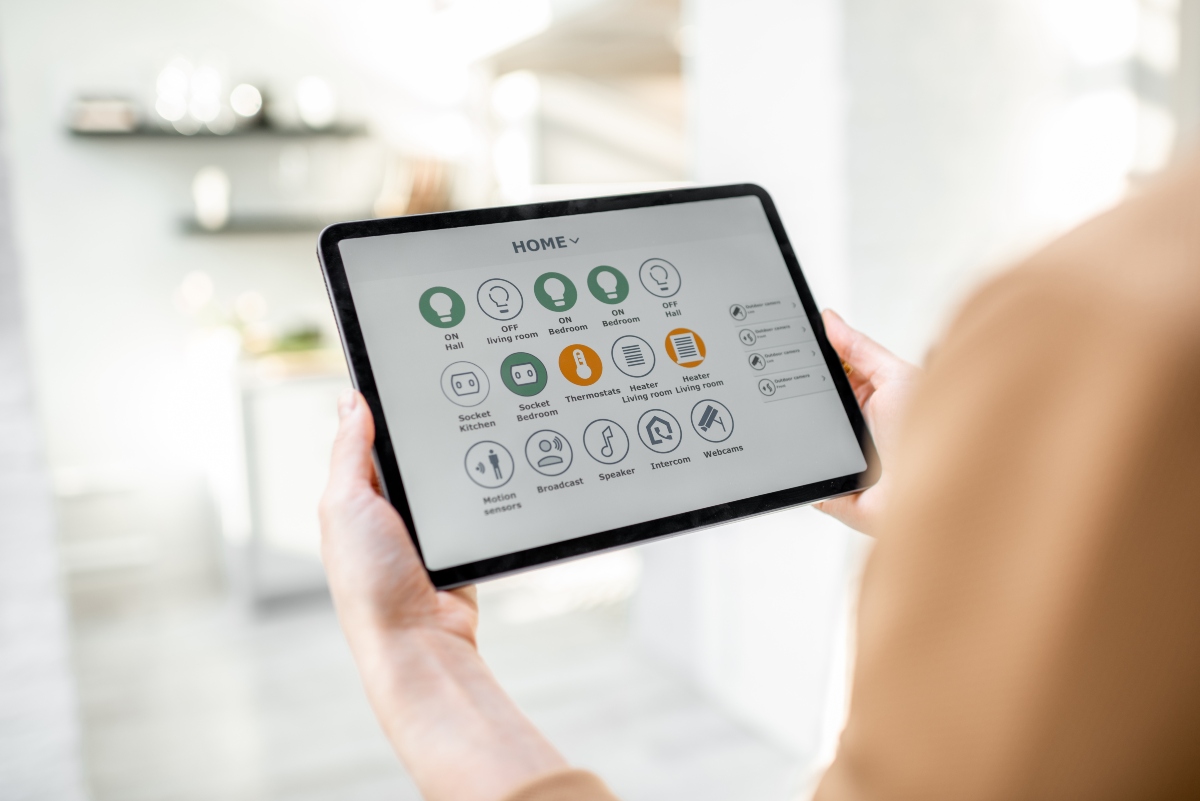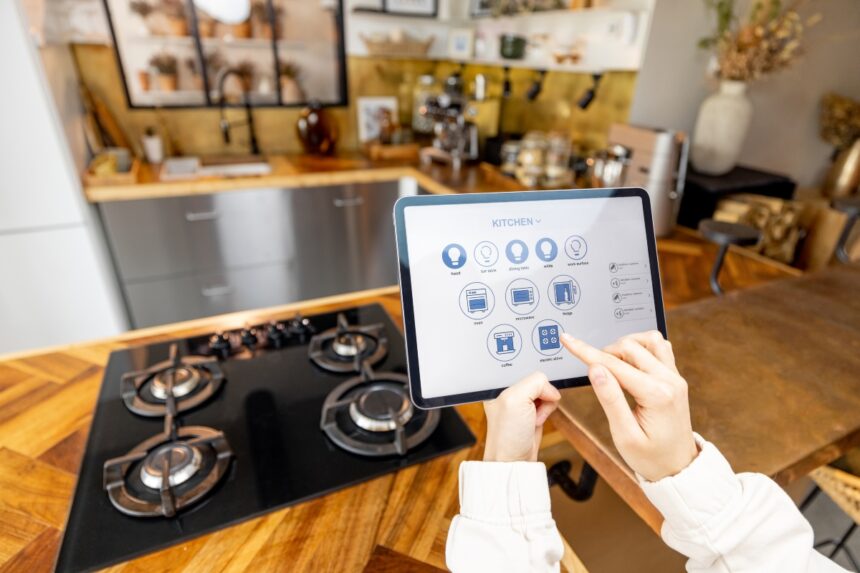Home automation has become a key tool for improving quality of life, saving energy and increasing security. From smart thermostats to electronic locks and voice assistants, the options are more accessible than ever in the U.S.
However, many users – especially those who install on their own – make mistakes that can affect the operation of the entire system. Here we explain the most common mistakes to avoid if you are thinking of automating your home in 2025.
1. Not having a strong and stable Wi-Fi network
The most common mistake is underestimating the importance of a robust internet connection. Most smart devices (lights, cameras, assistants, sensors) rely on Wi-Fi. A weak or interfering network can cause your devices to disconnect, become sluggish or simply not work.
Solution: Invest in a dual band router (2.4 and 5 GHz) or a mesh network if your home is large. Also, make sure the modem is well placed to cover most of the home.

2. Buying devices that are incompatible with each other
Many people buy gadgets from different brands without checking if they are compatible with the ecosystem they use (Alexa, Google Home, Apple HomeKit, etc.). This generates frustrations when trying to synchronize or control them from a single place.
Solution: Before you buy, check to see if the product works with your preferred platform. Look for labels like “Works with Alexa” or “Compatible with Google Home.” In 2025, Matter certification is also becoming the universal standard for compatibility.
Failure to plan for scalable automation
It is common to initially install just a few smart bulbs or a doorbell with a camera, but then want to add more devices. Without proper planning, the network may become saturated or the devices may be poorly distributed.
Solution: Design a medium-term plan. Establish priority zones or rooms and install in phases, starting with the essentials (security and lighting) and then expanding to comfort and entertainment.

4. Ignoring digital security (cybersecurity).
One of the most dangerous mistakes is leaving devices with factory settings. Many households do not change default passwords or update the firmware on their devices, leaving them vulnerable to attack.
Solution: Use strong passwords, enable two-factor authentication if available, and keep the software on all your devices up to date. Consider using a separate Wi-Fi network for smart devices only.
5. Incorrect placement of sensors or cameras
A poorly placed motion sensor or a camera with a limited field of view can completely defeat its purpose. The same applies to thermostats installed near windows or heat sources, giving inaccurate readings.
Solution: Read the manufacturer’s recommendations carefully or consult with a professional installer if necessary. Cameras must have clear vision and sensors must be at the correct height and angle to detect real motion and not false alarms.

6. Saturate with unnecessary automation
Automating everything without measure can generate more annoyances than benefits. For example, lights that turn themselves off while you are in the shower or blinds that open too early without taking into account your actual schedule.
Solution: Start with basic automations (such as “turn everything off when leaving” or “night mode”) and adjust according to your habits. Make sure the automation adapts to you, not the other way around.
Si sabes utilizarla de manera adecuada, la tecnología es de gran ayuda para optimizar aparatos y servicios en tu casa
A smart home must also be a conscious home
For Hispanics living in the U.S., investing in home automation can mean greater security, comfort and energy savings. But if done without planning and knowledge, the benefits can be lost.
With this guide, you can avoid common mistakes and make the most of technology in your home.
Find out more at ‘QueOnnda.com’.














